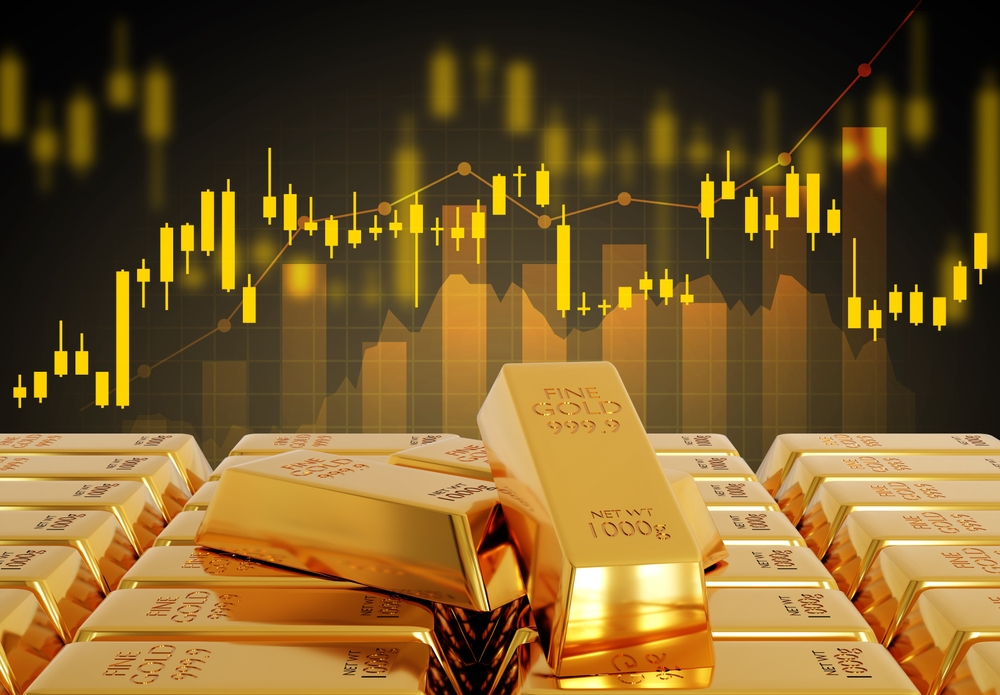
IRA-approved precious metals are specific gold, silver, platinum and palladium—bullion bars and coins—that meet stringent standards set by the IRS. Therefore, you can hold them in an individual retirement account.
Understanding what are the four precious metals eligible for an IRA may help you decide which metals are right for you.
To help ensure the long-term health of your individual retirement account, the IRS puts strict guidelines on the purity, condition, and origin of allowable precious metals.
Eligible coins must:
Bars and rounds must be manufactured by approved assayers and companies, all of which are publicly traded on the COMEX and other exchanges.
Each precious metal has its own minimum purity standard set by the IRS. They are as follows:
Neither jewelry, scrap metal, nor pirate ship gold is allowed in an IRA. Only investment-grade, pure, clean metals that will last a lifetime make the cut.
Throughout this educational guide, we will help you answer the following questions:
What are precious metals, and what makes them precious?
Precious metals are rare, naturally occurring metallic elements. They hail from the earth and have a high economic value.
Most precious metals are highly conductive, non-corrosive, malleable, and have a beautiful shine. The finest jewelry is usually fashioned from precious metals and may be paired with rare gemstones.
There is a global market for precious metals, which many nations use to mint their flagship coins. High-quality coins originating from government mints are typically easy to liquidate.
While useful, metals such as steel, copper, iron, and aluminum are not considered precious metals.
There are eight naturally occurring precious metals:
The only IRA-approved precious metals are the four primary metals.
The four primary precious metals—gold, silver, platinum, and palladium—are the ones most commonly used for jewelry, industry, and coinage.
Each metal has its own set of properties and perceived value.
Gold needs no introduction. From the time of ancient civilizations on, humans have always had a fascination with gold.
From its alluring color and non-corrosive, everlasting nature to its conductivity, gold finds many ways into the hearts of humankind.
Uses for gold include:
Often thought of as gold’s younger sibling, silver has had a growth spurt. It has never been more in demand than it is now.
One of the most useful precious metals, silver has become almost indispensable for modern living.
In our tech-driven age, silver’s high electrical and thermal conductivity put it front and center in the manufacturing world. Almost every piece of electronics you touch relies on silver to function.
Silver is now used in:
Like other precious metals, platinum is often paired with rare gemstones. Its shiny white metallic luster makes it a favorite for some of the most elite jewelry pieces in the world. But platinum is used in many other ways.
One of the most rare elements in the earth, platinum is strong, nontoxic, stable, and extremely dense. It is also a great conductor of electricity.
Platinum is used in:
This rarest of rare metals has a prominent and permanent place in our everyday lives.
Palladium may be the least known of the primary metals, but it is the most expensive.
Primarily used in catalytic converters, palladium is instrumental in turning atmospheric pollutants into less harmful water vapors and carbon dioxide.
Small amounts of palladium are also used in:
There are four precious metals that are not allowed in the precious metals IRA. They are:
These metals are all valuable and useful. In fact, rhodium is the most expensive of all the precious metals.
So, why aren’t they IRA-approved precious metals? One theory is that the markets for these metals are nowhere nearly as robust. There is often a huge gap between bid price and ask price—what a buyer is willing to pay and what a seller is willing to accept—and that gap can make it difficult to liquidate positions.
Many investors turn to precious metals in an individual retirement account to gain protection from:
Physical precious metals in your IRA are real and tangible—you can hold them in your hands.
A non-correlated asset, they are not tied to stocks and paper investment products.
History has shown that in times of stock market corrections and full economic recessions, precious metals tend to increase in value.
Investors often turn to metals as a safe-haven investment during times of tumult.
When inflation rates are high, your precious metals IRA can give you a way to preserve your wealth.
Because metals are priced in dollars, the cost of precious metals rises along with the cost of goods and services during periods of high inflation.
Owning a tangible asset gives investors some peace of mind. Your IRA-approved precious metals are the same precious metals that have been on or in the earth throughout time.
They have always had value, likely will not go to zero, and cannot be erased at the push of a button.
Advantage Gold makes it easy to own IRA-approved precious metals. Your highly trained account executive will walk you through the application process.
From there, our award-winning IRA department will do all the heavy lifting to create your new self-directed precious metals IRA.
After your representative educates you on eligible precious metals, you choose the metals you want to own and purchase them through your executive.
The metals are then boxed, shipped, insured, and sent to the depository (vault) of your choice.
They will sit, in the vault, on a shelf, with your name on them, until you’re ready for them.
It’s that easy.
Call or contact us today. We’re here, and we’re happy to help.

Please note that Advantage Gold and its representatives are not licensed or registered investment advisers, attorneys, CPA’s or other financial service professionals. We do not offer or render any legal, tax, accounting, investment advice or professional services. Additionally be aware that precious metals carry risk of loss and are not a suitable investment for everyone. Past performance is not necessarily indicative of future results and you should always consult your financial and tax professional and carefully evaluate all risks associated with the acquisition of precious metals before making the investment.
The statements made on this website are opinions of Advantage Gold LLC. Past performance is not necessarily indicative of future results. Precious metals, Gold American Eagles, Proof Gold American Eagles, certified gold coins, as well as gold and silver bars carry risk and investing in precious metals directly or through an IRA is not suitable for all investors. Precious metals and coins (i.e. Canadian Gold Maples, Canadian Silver Maples, American Gold Eagles, American Silver Eagles, Proof Gold American Eagles, Proof Silver American Eagles, Certified Gold American Eagles, Numismatic Gold Coins) may appreciate, depreciate, or stay the same depending on a variety of factors. Precious metals can and will fluctuate unexpectedly. Advantage Gold cannot guarantee, and makes no representation, that any metals purchased (i.e. .999 gold bars, .9999 silver bars, or any gold coins) will appreciate at all or appreciate sufficiently to produce a profit above and beyond the mark up/ commissions charged whether they are bought for direct delivery or inside of a precious metals IRA. The decision to purchase or sell precious metals with cash or inside of a Gold IRA or a Gold Backed IRA, and which precious metals to purchase or sell, are the customer’s decision alone, and purchases and sales should be made subject to the customer’s own research, prudence and judgment. By accessing any Advantage Gold content, you agree to be bound by the terms of service. Review the terms of service and privacy policy.
*Consult your tax Advisor.